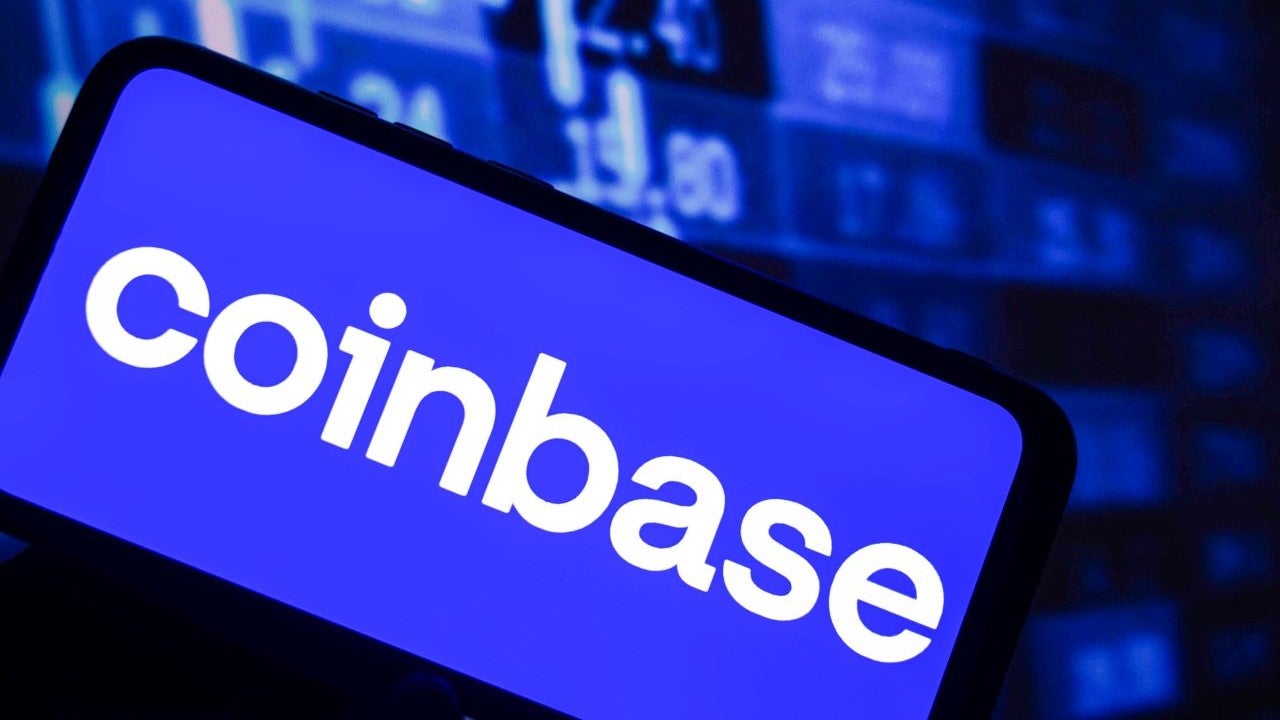After years of regulatory pushback and countless amended registration filings, spot Ether For the first time, shares of publicly-traded Ethereum (ETH) ETFs will be listed alongside the likes of Apple Inc (AAPL) and SPDR S&P 500 ETF Trust (SPY) on some of the United States’ most popular brokerage platforms.
The anticipated listings are a defining moment for cryptocurrency markets and an opportunity for millions of US institutional and retail investors. Here’s what you need to know to make the most of it.
When will spot Ether ETFs be available?
The Chicago Board Options Exchange (CBOE) confirmed July 23 as the launch date for the five ETFs assigned to trade on its platform: 21Shares Core Ethereum ETF, Fidelity Ethereum Fund, Invesco Galaxy Ethereum ETF, VanEck Ethereum ETF, and Franklin Ethereum ETF.
The four other spot ETH ETFs will trade on either Nasdaq or New York Stock Exchange (NYSE) Arca. Despite no official announcements yet from those exchanges, they are widely expected to list on July 23 as well.
Where can I buy Ethereum ETF shares?
The short answer: virtually any major brokerage platform. Every spot ETH ETF set to list in the last week of July has already obtained regulatory sign-off to trade on at least one major U.S. exchange — specifically either the Nasdaq, the New York Stock Exchange (NYSE) Arca or Cboe BZX.
Everyday investors don’t trade directly on those exchanges. Instead, they rely on brokerage platforms — household names such as Fidelity, E*TRADE, Robinhood, Charles Schwab, and TD Ameritrade — as intermediaries.
Once ETH ETF shares are listed on public exchanges, expect all of the big name brokerages, and others, to be able to facilitate trades.
What are my options and how do I know which is best?
Nine spot Ether ETFs are set to begin trading. In terms of underlying mechanics, the funds are virtually identical. Every ETF is sponsored by a reputable fund manager, holds spot ETH with a qualified custodian, and relies on a core group of professional market-makers to create and redeem shares. They also all benefit from the same standard investor protections, including insurance against brokerage failures and cybersecurity risks.
For most investors, the deciding factor boils down to fees. For eight of the nine ETFs, management fees range from 0.15% to 0.25%. The one big exception is Grayscale Ethereum Trust (ETHE), which started trading under a different fund structure in 2017 and still charges management fees of 2.5%.
 Comparison of the first nine spot Ethereum ETFs.
Comparison of the first nine spot Ethereum ETFs.
Most — but not all — of the Ethereum ETFs are temporarily waiving or discounting fees in a bid to woo investors. Greyscale Ethereum Trust is again among the big outliers here, along with Invesco Galaxy Ethereum ETF (QETH).
Ironically, the clear frontrunner in the fee race is also a Grayscale product. The Grayscale Ethereum Mini Trust (ETH) — a newer fund created specifically to list as an ETF — has management fees of only 0.15%. Those fees are waived entirely for the first six months after listing, or until the fund hits $2 billion in assets under management (AUM).
Another compelling choice is Franklin Templeton’s Franklin Ethereum ETF (EZET). At 0.19%, its management fees are the second lowest of the bunch, and they are fully waived through January 2025 or until the fund clears $10 billion in AUM.
Will spot Ether ETFs offer staking?
The short answer here is "No." The longer answer: "Maybe, but not anytime soon."
As a refresher, staking involves depositing ETH to a validator node on Ethereum’s Beacon Chain. Staked ETH earns a cut of network fees and other rewards but also risks "slashing" — or forfeiting staked collateral — if the validator misbehaves or fails.
Staking is attractive because it significantly boosts returns. Annual rewards rates stand at around 3.7% as of July 19, according to StakingRewards.com.
Earlier this year, several issuers — including Fidelity, BlackRock and Franklin Templeton — sought regulatory signoff to add staking to spot ETH ETFs. The SEC denied those requests.
The issue boils down to liquidity, according to several people involved in the talks who spoke to Cointelegraph on the condition of anonymity. Staked ETH usually takes days to withdraw from Beacon chain. That’s a problem for issuers, who are required to promptly redeem ETF shares for underlying fund assets on request.
Issuers are still exploring ways to add staking to the current crop of spot ETH ETFs — possibly by maintaining a "buffer" of liquid spot Ether — but a workable plan is months away at best, the people told Cointelegraph. For now, staking is off the table for Ether ETFs















